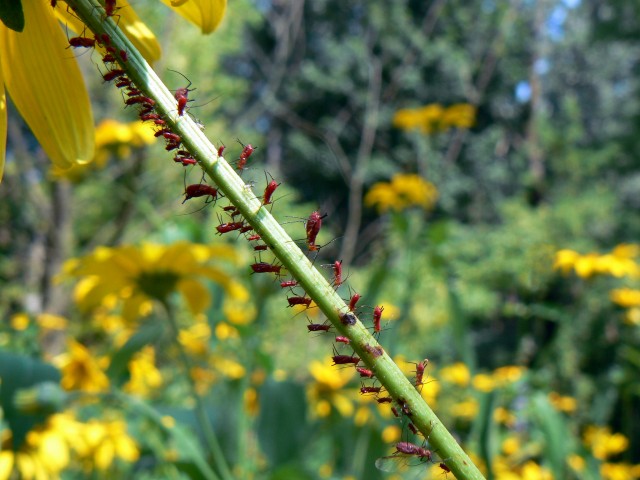Using bugs—aphids, specifically—to spy on plants’ electrical communications
Ars Technica » Scientific Method 2014-04-22

Internal communications in plants share striking similarities with those in animals, new research reveals. With the help of tiny insects, scientists were able to tap into this communication system. Their results reveal the importance of these communications in enabling plants to protect themselves from attack by insect pests.
Like any organism, plants need to transport essential nutrients from one part to another. This is achieved by two parts of the plant: the xylem and the phloem. Xylem, which is largely made of dead cells, transports water and dissolved nutrients obtained by roots up to the aerial tissues of the plants. By contrast, the phloem is made up of living cells—active tubes that transport a syrupy sap, rich in sugars made by photosynthesis in the leaves.
In the 1980s, scientists discovered that phloem cells also function as a communication system through which electrical signals travel, similar to the electrical signals transmitted through the neurons in your nervous system.
Read 14 remaining paragraphs | Comments